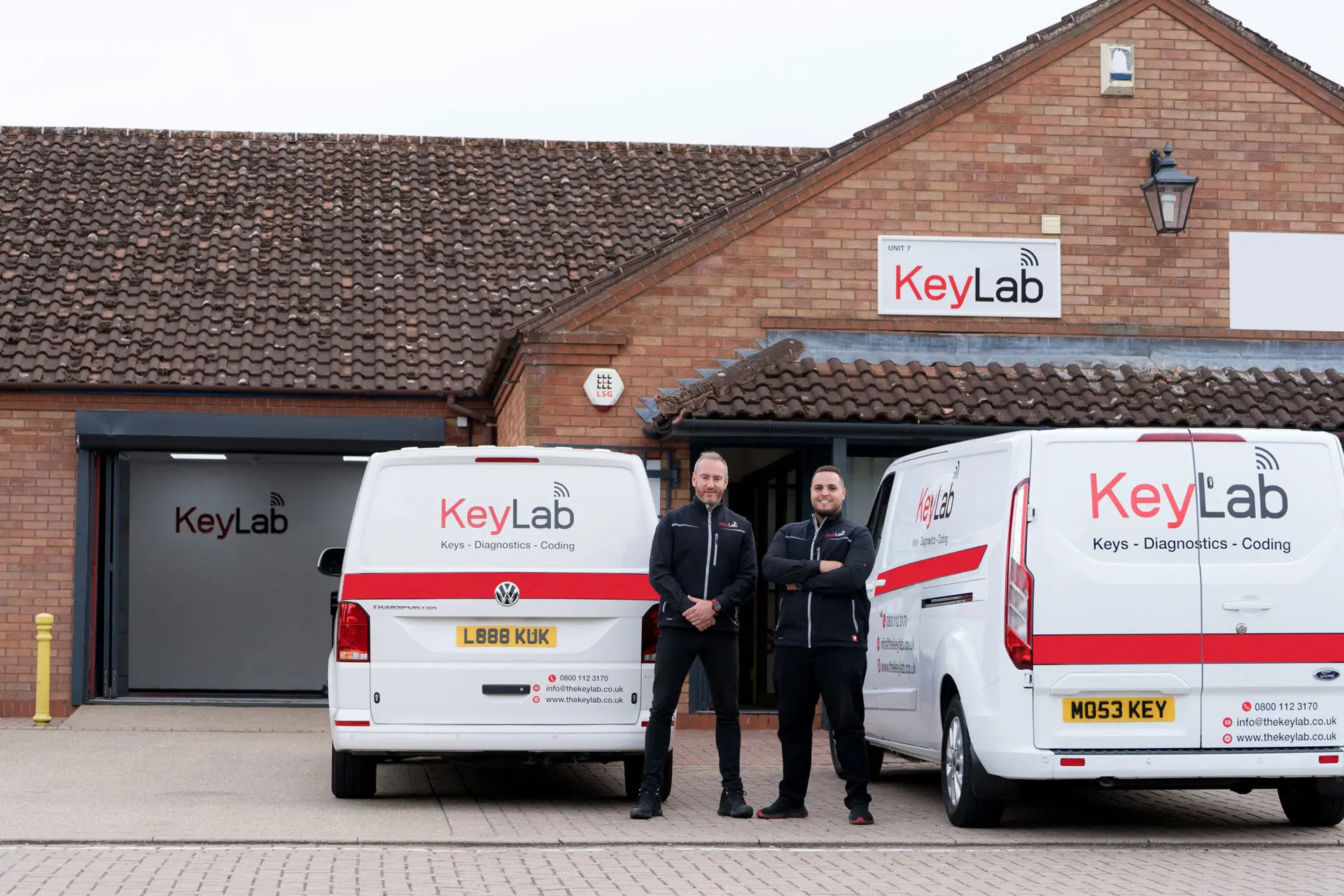Broken Key Repair: Solutions for Common Lock Issues
Introduction
Keys are essential tools in our lives, enabling us to protect our homes, vehicles, and personal valuables. Nevertheless, they can likewise break, causing aggravations and hassles. Understanding how to address broken key problems is important for anyone wishing to maintain their locks and make sure access to their property. This post covers various aspects of broken key repair , including common causes, repair approaches, and preventive measures to avoid future circumstances.
Common Causes of Broken Keys
Keys can break for numerous factors. Comprehending these causes can assist in preventing future occurrences:
- Wear and Tear: Over time, keys can wear down due to regular usage, leading to weakened shafts that are more likely to break.
- Poor Key Design: Keys that are badly designed may lack structural stability, making them more vulnerable to breaking under tension.
- Incorrect Key Usage: Using excessive force to turn a key, specifically in a jammed lock, can easily result in a breakage.
- Environmental Factors: Extreme temperature levels or direct exposure to moisture can deteriorate metal keys, causing brittleness.
- Lock Malfunctions: A malfunctioning lock can place undue stress on a key, causing it to snap throughout operation.
Indications of a Broken Key
Determining a broken key frequently features obvious indications. Here are some indicators:
- Partial insertion into the lock: If the key can not be totally placed or eliminated.
- Abrupt resistance: If the key feels stuck when being turned.
- Visible splits or fractures: Inspecting the key can reveal fractures or breaks in the metal.
- Incomplete engagement: The key may turn less than required to actuate the lock.
Approaches for Broken Key Repair
When faced with a broken key, there are several approaches to consider for repair. It is important to choose the best one based on your specific circumstance.
1. Get Rid Of the Broken Key
If a key breaks within a lock, the very first action is to get rid of the broken portion:
- Use tweezers or needle-nose pliers: If a piece is standing out of the lock, gently pull it out.
- Place a key extractor tool: This customized tool can help extract lodged parts better.
| Tool | Finest Used For |
|---|---|
| Tweezers | Shallow extraction |
| Key extractor tool | Deeply lodged key pieces |
| Lubricant spray | Reducing extraction of stuck parts |
2. Superglue Method
For circumstances where a key has actually partially broken however is undamaged enough to remain gripped, the superglue technique may provide a short-lived fix.
- Tidy the broken surfaces completely.
- Apply a thin layer of superglue.
- Hold the pieces together for a few minutes until the glue sets.
Keep in mind: This technique is not a permanent solution and must be used with caution as the repair can easily fail under functional stress.
3. Metal Epoxy
For a more robust repair, metal epoxy supplies a stronger bond than superglue.
- Follow the directions on the epoxy product packaging for preparing the adhesive.
- Apply to the broken area and hold until set (generally a couple of hours).
4. Duplicate the Key
In instances where lock functionality is vital, producing a duplicate key is often the best route:
- Visit a locksmith: Many locksmith professionals can reproduce keys quickly and efficiently.
- Use a key-tracing service: Some locksmiths utilize tracing approaches to cut a similar key based upon the remnants.
5. Lock Replacement
When keys consistently break, it might be due to lock concerns instead of key integrity. In such cases:
- Consult a locksmith to assess the lock's condition.
- Consider replacing the lock totally if substantial damage or wear appears.
Avoiding Key Breakage
Avoiding key breakage is frequently much better than repair. Here are some practical pointers:
- Limit force on keys: Always turn keys carefully to avoid unneeded stress.
- Regular key examination: Check for wear and change keys showing indications of damage.
- Use a keychain: Prevent extreme flexing by utilizing a durable keychain.
- Oil locks: Ensure locks operate efficiently to decrease pressure on keys.
- Shop keys appropriately: Avoid placing keys in environments that can trigger rust or deterioration.
Frequently Asked Questions About Broken Key Repair
1. Can I repair a broken key myself?
Yes, you can try to repair a broken key yourself utilizing methods like the superglue or metal epoxy strategies. Nevertheless, these are short-term fixes, and it is recommended to seek advice from a professional locksmith for a more resilient service.
2. Is it worth repairing a broken key?
Sometimes, specifically with sentimental or special keys, a repair may deserve it. For standard keys, duplication or replacement is generally more effective and trustworthy.
3. How can I prevent my keys from breaking?
To avoid damage, ensure that keys are exempt to extreme force, frequently check them for wear, and keep locks well-maintained.
4. When should I look for a locksmith's assistance?
If you are unable to remove a broken key from a lock or if the lock malfunctions regularly, it's best to look for a locksmith's know-how.
Broken keys can present a significant inconvenience, however they are manageable with the right method. By comprehending the typical causes and available repair approaches, people can react successfully to key breakage. Drawing from preventive steps will also assist keep key stability and performance. Eventually, key cutting to key and lock maintenance can considerably minimize the frequency of these frustrating concerns.

